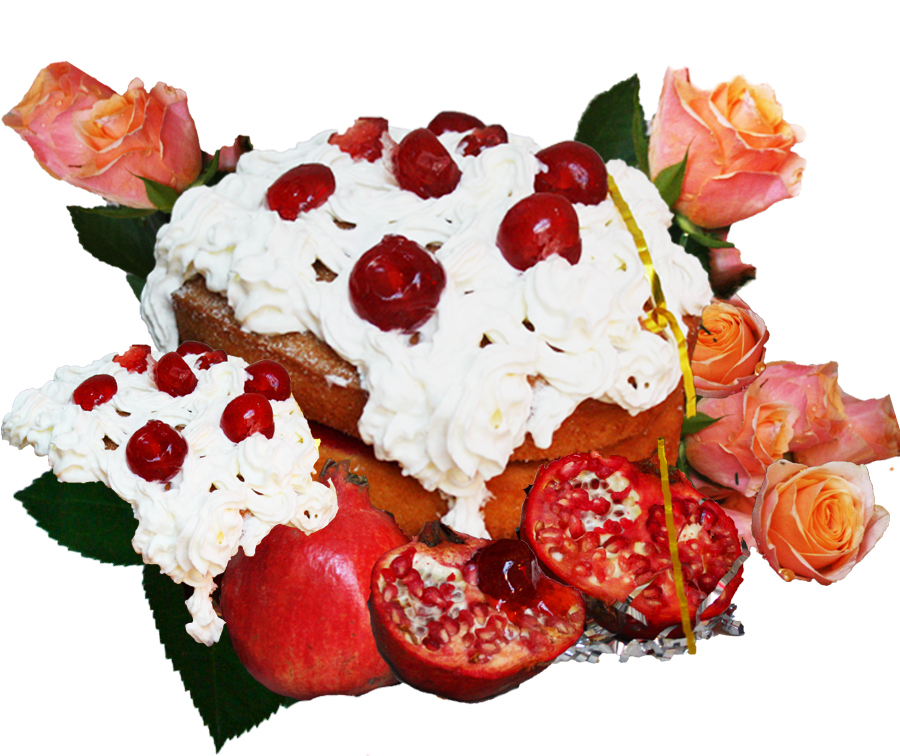F U T U R E R E S E A R C H
There are particular concepts, topics and artists I was not able to research in this module but that I definitely want to explore in my final major project:
Martha Harris’ presentation on typography in activism:
Martha Harris’ presentation on typography in political settings has inspired me to look at political/activist posters and the constructivist style of early revolution posters, continuing through to the punk era and how artists and musicians adopted these styles – limited colours (2-3), geometrics/Art Deco shapes. Also how designers such as Rodchenko and Lizzitsky had started to feature strong or working women in their imagery, which could translate well into my proposed project.
The punk era aimed to destroy bourgeois/middle class imagery and the groups such as the Sex Pistols in particular referenced Communist propaganda in their album artwork and posters.
I also intend to look at Linder Sterling and her work for Jon Savage’s Secret Public zine, which used collage, photography and type in a way that I am interested in recreating or experimenting with.
I also want to look into DIY activist merchandise e.g. handmade banners and placards as this relates to my research I’ve carried out into the issues of mass-produced merchandise, and how we could alternatively create our own, more personal and therefore powerful messages.
Barbara Kruger – Martha made an interesting point about how Kruger’s more current work is more commercial than her earlier pieces, perhaps more relevant to fashion communication – Does this blur the boundaries between political messages and capitalism? Is this intended?
Spare Rib zine 1972-1993 – After Martha mentioned this feminist zine I discovered that all issues are available to read online on the British Library – so I want to explore this further for ideas about content and self-designed/published books.
Further reading/booklist:
;
Barnard, Malcolm. “Fashion as communication.” (London: Routledge, 2002). Print.
Duncombe, Stephen. “Notes from the underground: Zines and the politics of alternative culture.” (Bloomington, Ind.: Microcosm, 2008). Print.
;
Fawcett-Tang, Roger. “Experimental formats 2: Books, brochures, catalogues.” (Mies; Hove: RotoVision, c2005). Print.
;
;
Leslie, Jeremy. “Issues: New magazine culture.” (London: Laurence King, 2000). Print.
Leslie, Jeremy. “MagCulture: New magazine design.” (London: Laurence King, 2003). Print.
Piepmeier, Alison. “Girl zines: Making media, doing feminism.” (New York: New York University Press, 2009). Print.
Scott, Linda M. “Fresh lipstick: Redressing fashion and feminism.” (New York; Basingstoke: Palgrave Macmillan, 2006). Print.











